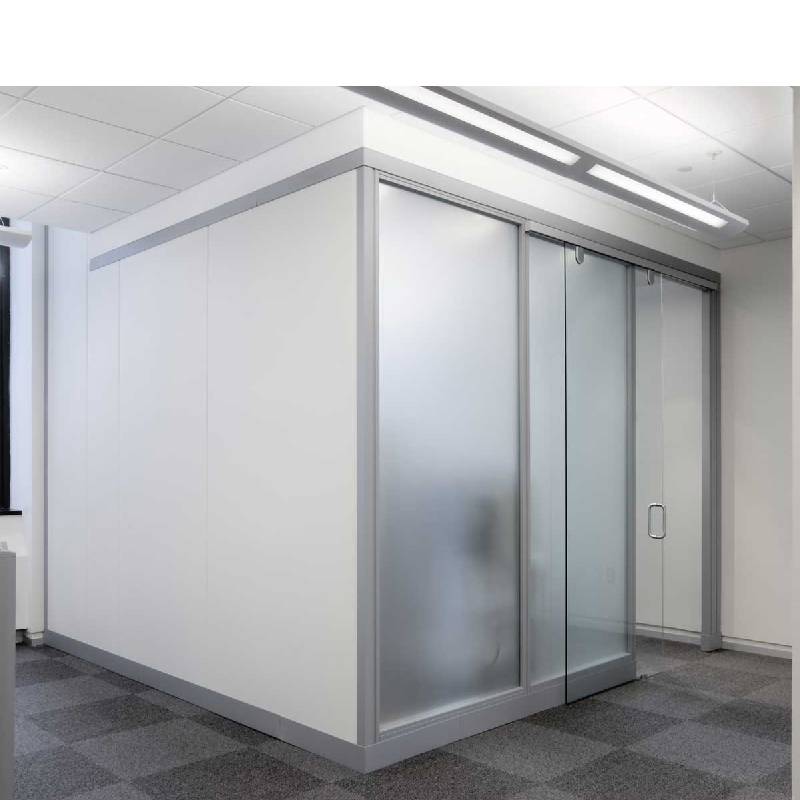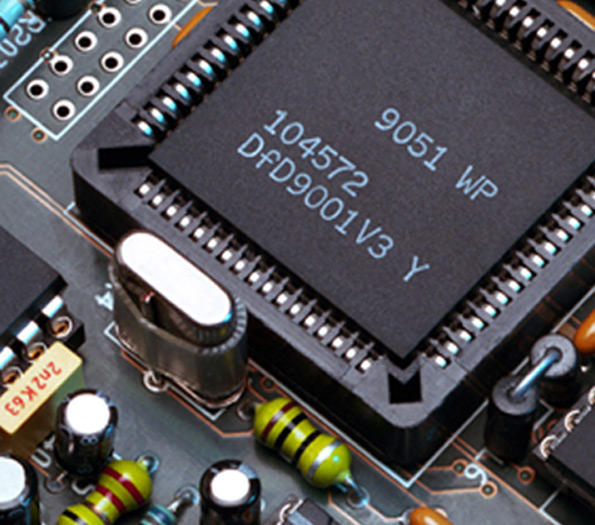Glass mirrors have long been pivotal in both aesthetic design and functional use, transforming spaces and adding depth to living areas, bathrooms, and commercial venues. Their reflective charm not only illuminates spaces but also contributes to energy efficiency by maximizing natural light. Understanding the nuances of glass mirror types, installation, and their unique benefits enhances one's ability to make informed decisions, whether you're a homeowner, interior designer, or architect.

The allure of glass mirrors lies in their ability to serve multiple purposes. From the broad, clear reflections of traditional wall mirrors to the sleek, modern appeal of tinted or antique variants, mirrors can play a transformative role in interiors. They reflect natural and artificial light, making spaces feel larger and more luminous—an invaluable trait for compact and dark rooms. The practical utility of glass mirrors extends to their use in creating illusions of space, thus elevating the perceived square footage without the need for structural changes.
Several types of glass mirrors cater to diverse requirements and tastes. The most common is the silvered glass mirror, created by coating a layer of metallic silver on one side of the glass.
This classic choice is highly reflective and perfect for general use. For more decorative applications, antique mirrors, characterized by their distinctive speckled look, offer a vintage appeal. Tinted mirrors, available in hues like gray and bronze, add a contemporary touch while reducing light reflection slightly, making them suited for less formal spaces. For those looking to enhance safety and minimize breakage risks, safety-backed mirrors are ideal, featuring a protective film that holds shards in place if broken.

Professional expertise in mirror installation ensures precise placement and longevity of the mirror, whether it's a wall-to-wall masterpiece or a strategically positioned accent piece. Proper installation is crucial, as it involves understanding wall types, weight capacities, and appropriate hanging fixtures. Employing professionals can prevent common pitfalls such as uneven hanging, misalignment, and potential safety hazards. Experts also provide insight into optimal positioning for light reflection and design harmony, ensuring the mirror complements other elements in the room.
glass mirror
Incorporating technology, modern advancements bring smart mirrors into the picture, integrating features like touch-screen capabilities and LED lighting. These enhance functionality in spaces like bathrooms, where additional lighting and connectivity can aid daily routines. The seamless integration of smart technology with traditional glass reflects an evolving landscape where utility meets innovation.
Maintaining glass mirrors is vital for preserving their clarity and aesthetic appeal. Regular cleaning with non-abrasive glass cleaners prevents streaks and preserves the reflective quality. Avoiding harsh chemicals and using microfiber cloths can prevent scratching, thereby extending the life of the mirror. Environmental conditions, such as humidity, can also impact glass mirrors, especially in bathrooms. Adequate ventilation or using moisture-resistant backing can mitigate damage, maintaining their pristine condition.
Glass mirrors' versatility extends beyond mere decor; they're powerful tools in interior design, enhancing spatial perception and ambiance. Selecting the right type and ensuring expert installation can transform an ordinary room into an extraordinary space. When chosen and maintained correctly, they offer timeless elegance and functionality, proving themselves indispensable across various settings.
For those seeking to optimize their environments with mirrors, consulting with industry professionals can yield substantial benefits. Their insights, grounded in extensive experience and technical knowledge, guarantee outcomes that meet aesthetic preferences while addressing practical needs. This fusion of design sensibility and functional expertise underscores the status of glass mirrors as more than reflective surfaces—they're pivotal components of sophisticated design ecosystems.



